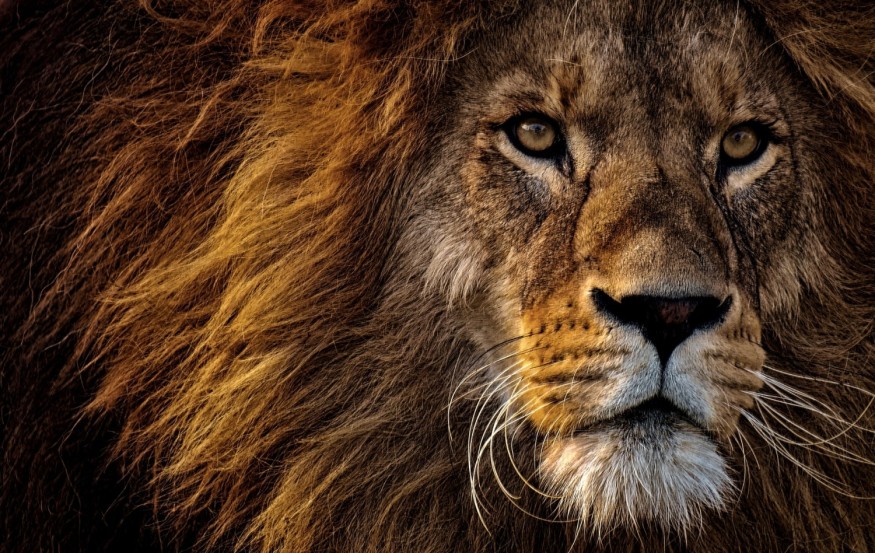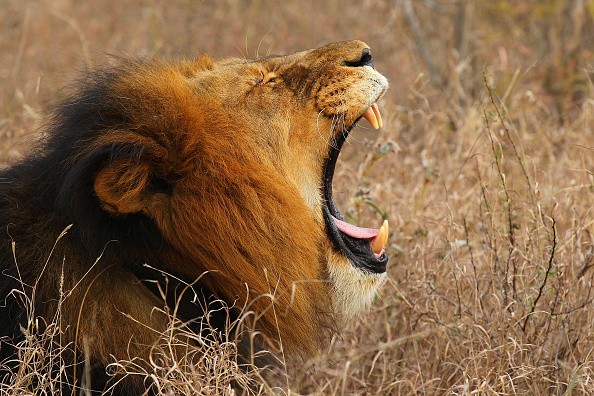Anyone who has gone on a safari knows that you never know what you'll see since wild creatures are entirely unpredictable. You could see a lion murder its victim, or you might be pursued by an elephant, or you might be entertained by the antics of some adorable animals. However, what Toelie Bernard and her sister, Des Begeman, captured on their safari, have never been seen before.
Visiting the Safari
The two were part of a group exploring the Kruger National Park in South Africa when they came upon three massive lions. Toelie tried to video the creatures, but she pressed too many buttons on her phone in her enthusiasm, which caused it to freeze.
Des, who was sitting next to her in the car, was a bit more elegant and managed to snap some images of the lion, but when she examined the photos, she was surprised to discover that the lion had a leopard's face.
Optical Illusion
Of course, she didn't merely happen across a new kind of large cat. Instead, the optical illusion of a lion-leopard monster was created when the reflection of her leopard print blouse in the car window precisely lined up with the lion's face as she shot her picture.
Toelie posted the photo on Facebook, explaining that as they continued driving, they came across two mother lions and their four cubs all eating on a new kill that the males they had met had previously devoured. A hyena stood close, as did a jackal and some vultures in a neighboring tree, waiting for leftovers.
Related Article : Gym Owner Does Pull-Ups on an Elephant's Tusks Gets Viral
African Lion

The African Lion is presently categorized as Vulnerable by the IUCN Red List assessment. About 23,000-39,000 adult animals are expected to exist in the wild, and three-quarters of populations in decline.
Although not in immediate danger of extinction, the African Lion's range and population will significantly shrink. It is extremely likely to become Endangered if conservation efforts do not succeed in reversing present trends shortly.
Continuous evaluation of changes in the condition and distribution of lion populations across Africa is required for effective conservation planning.
The Endangered Wildlife Trust assists in establishing a lion database with funding from the Lion Recovery Fund and under the auspices of the IUCN Cat Specialist Group.
This database will be updated regularly with new information on the abundance and distribution of lion populations, enabling collaboration among stakeholders and guiding conservation planning in the future.
Safaris

The best places to observe African lions are on safaris in Tanzania, Kenya, Zambia, Botswana, Namibia, Zimbabwe, and South Africa.
The Serengeti-Mara habitat has the highest lion population density. If lion populations are determined by food and space, a year-round rolling migration of over a million wildebeest is rather appealing.
When you add tens of thousands of zebra and gazelles to the wildebeest, the backdrop for Africa's big migration is unrivaled in terms of abundance. The Serengeti plains are a great place to see African lions because of the wide savannah terrain. Tanzania and Kenya are both parts of the big wildebeest migration.
For more news about the animal world, don't forget to follow Nature World News
© 2025 NatureWorldNews.com All rights reserved. Do not reproduce without permission.





